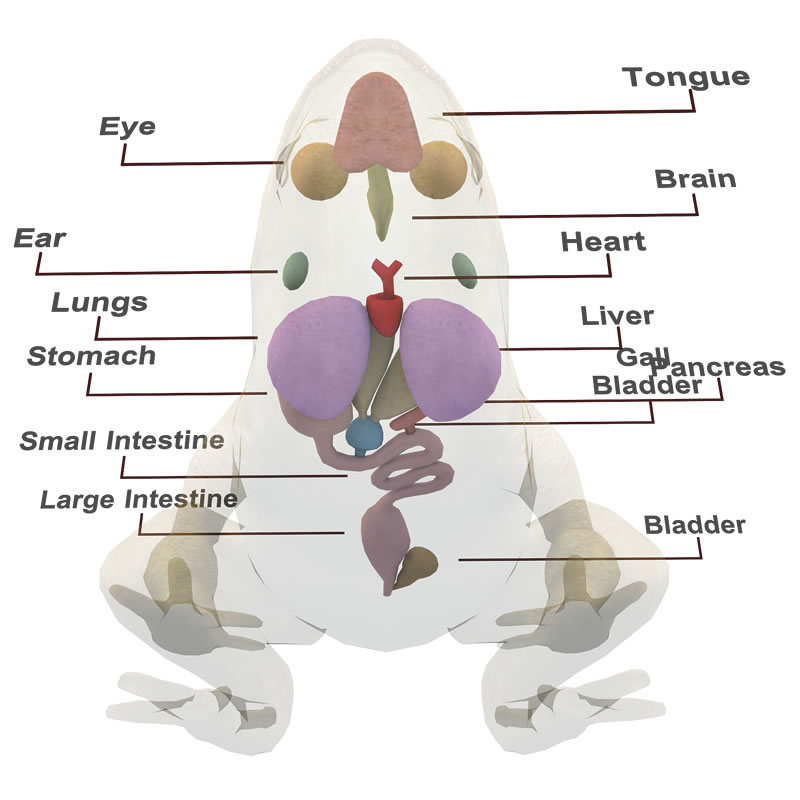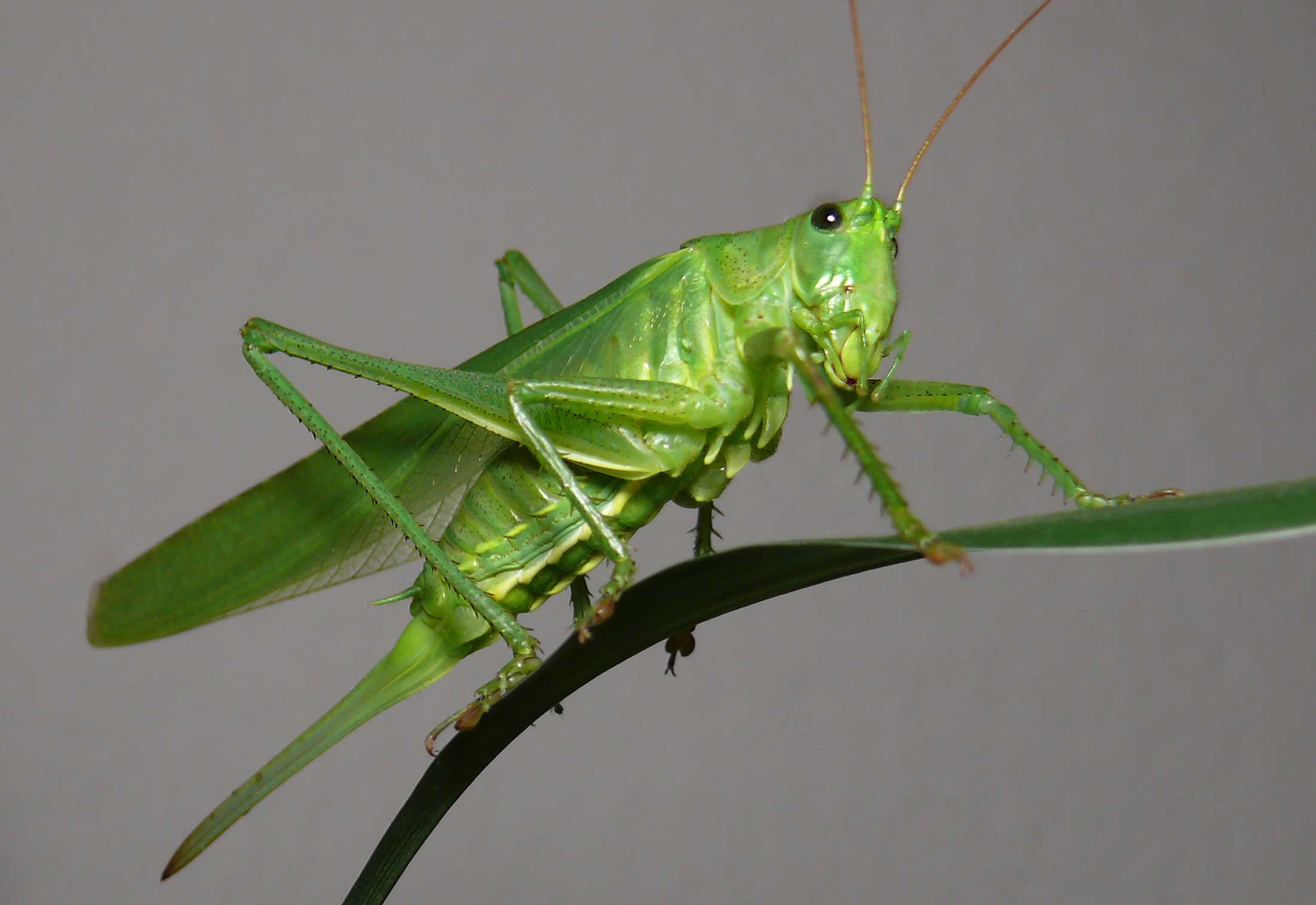
Thursday, May 26, 2011
Blog #15 Reflect on your semester and year in biology What were your successes? What were your failures? What did you learn that you will never forget?
During the second semester we did many things that were different than the first. First off, the dissections were a major difference and we also did a large amount of them. The first couple of dissections were not very successful due to the lack of experience but soon enough they were successful. It was unfortunate that our frog had been taken by someone so we had to start over with a larger and a harder frog to dissect. Even through that we were able to get into the stomach and almost to the brain. Many other projects however, were successful such as the evolution project. The thing I would never forget was the frog dissection, it was the most interesting one so far, and the hardest one to do.
Thursday, May 19, 2011
Blog #14 Compare two of the organisms that we have dissected. Discuss at least 2 similarities and 3 differences.
Two different dissections that we had done so far were the grasshopper and the frog.
Similarities - Both of these animals have flexible jaws which allow them to eat their prey easily.
- Secondly, they are both great jumpers. Their legs allow both of them to travel quickly to either catch prey or escape predators.
Difference - Their skin are different though, the grasshopper has a hard shell while the frogs have slimy and slippery skin.
- The internal organs of frogs have a greater similarity to our own while a grasshopper doesn't.
- Finally the grasshopper has a lot more internal and external parts.
Similarities - Both of these animals have flexible jaws which allow them to eat their prey easily.
- Secondly, they are both great jumpers. Their legs allow both of them to travel quickly to either catch prey or escape predators.
Difference - Their skin are different though, the grasshopper has a hard shell while the frogs have slimy and slippery skin.
- The internal organs of frogs have a greater similarity to our own while a grasshopper doesn't.
- Finally the grasshopper has a lot more internal and external parts.
Blog #13 Interesting Dissections
 The most interesting dissection this week was the frog. The insides of the frogs had a large amout of eggs inside and the intestines were very long. Cutting into the frog was a long process because we had to cut it multiple times and getitng to the stomach was hard due to all the eggs. However inside the stomach held alot of insects which was interesting.
The most interesting dissection this week was the frog. The insides of the frogs had a large amout of eggs inside and the intestines were very long. Cutting into the frog was a long process because we had to cut it multiple times and getitng to the stomach was hard due to all the eggs. However inside the stomach held alot of insects which was interesting.
Thursday, April 28, 2011
Blog#12 What surprised you from the worm's dissection?
Thursday, April 21, 2011
Blog #11 Get a picture of alternation of generations put it in your blog and explain how it relates to plants
The alternation of generations relates to plants because it is a term that is used in describing the life cycle of plants. This treats the alternation of multicellular diploid forms of plants with a multicellular haploid form as the defining characteristic.
Thursday, April 14, 2011
Blog #10 Why is dissection an important part of a biology curriculum? Which animals and/or plants should be included in biological studies?
 Dissection is important because it allows people to obtain information from either animals or plants. Animals such as frogs are often used because their internal organs are very similar to human ones. People are allowed to get hands-on experience that helps student get experience and follow direction with a certain animal. Flowers such as lilys or tulips are also disected.
Dissection is important because it allows people to obtain information from either animals or plants. Animals such as frogs are often used because their internal organs are very similar to human ones. People are allowed to get hands-on experience that helps student get experience and follow direction with a certain animal. Flowers such as lilys or tulips are also disected.
Thursday, April 7, 2011
Blog #9 Defining forms of community interactions.
Competition- an interaction between organisms or species, in which the fitness of one is lowered by the presence of another.
Commensalism- is when one organism is benefited and the other organism is neither benefited nor harmed.
Mutualism- an interaction between two or more species, where species derive a mutual benefit, for example an increased carrying capacity.
Predation- when a predator feeds on a prey.
Parasitism- when two species benefit while one doesn't but the other species does not die from it.
Commensalism- is when one organism is benefited and the other organism is neither benefited nor harmed.
Mutualism- an interaction between two or more species, where species derive a mutual benefit, for example an increased carrying capacity.
Predation- when a predator feeds on a prey.
Parasitism- when two species benefit while one doesn't but the other species does not die from it.
Thursday, March 24, 2011
Blog #8 Choice
 I've learned many things about evolution. It is defined as a trait over time in one or more inherited traits found in a population of organisms. Either genetic drift or natural selection will cause this. Generally only the fittest organisms will survive and persist for thousands, maybe millions of years. All of the living organisms today had all evolved from an ancestor. Some may even have a common ancestor.
I've learned many things about evolution. It is defined as a trait over time in one or more inherited traits found in a population of organisms. Either genetic drift or natural selection will cause this. Generally only the fittest organisms will survive and persist for thousands, maybe millions of years. All of the living organisms today had all evolved from an ancestor. Some may even have a common ancestor.
Thursday, March 17, 2011
Blog #7 Compare and Contrast Biomes
The most distinctly different biomes are the terrestrial and the aquatic biomes. Both of these biomes contain plants and animals, but the clear difference is that one is on land, and another is in water. In the terrestrial biome, there are reptiles, insects, mammals, and birds and there are also desserts, forests, and grasslands. On the other hand, the aquatic biome have various kinds of fish and reeds. In addition, there are still some mammals in the ocean such as bottle nose dolphins, blue whales, or manatees. Any large body of water such as oceans, lakes, rivers, or seas are all considered aquatic biomes.


Thursday, March 10, 2011
Blog #6 Food Pyramid
I believe that the producers are the most important part of the food pyramid. Unlike the rest of the groups, the producers do not need to eat others to survive, they just create food on their own. Each step higher in the pyramid depends on the one lower so, primary consumers would starve if there were no producers and the rest of the food chain will follow.
Thursday, March 3, 2011
Blog #5 Extinctions
I believe that the 6th major extinction is caused by humans. We are the ones who are causing the following: pollution, transformation of the landscape, overexploition of species, and the introduction of alien species. This extinction would be the first biotic extinction in history, the rest were due to a physical cause. Humans are causing mass physical changes to the world which leads to another extinction.
Thursday, February 24, 2011
Blog #4 Types of Selections
Directional variation is when a species have extreme variations in traits in an environment. An example of this are Greyhound Dogs, these dogs were breeded to have the greatest speed even running up to 40mph! Stabilizing selection favors the average traits in a population such as Siberian Huskies. All of the huskies have strong leg muscles so they could walk/run through dense snow easily. Disruptive selection favors the extreme traits in a species. An example of this could be birds with large beaks, by having these beaks they could survive longer than other bird with smaller ones.
Wednesday, February 16, 2011
Blog #3 Microevolution
Microevolution is a change in gene frequency in the (one) population. The ways that this may occur are mutation, artifical AND natural selection, gene flow, and genetic drift.
Blog #2 Fossils Hard to Interpret
There are many things that fossils could've been. They could've been plants, animals, and many more. There are not many facts that a fossil may give us. All we may 100% know is that something died and was buried at that spot. We may not know how the thing died or when it died. Unless the feature is easily seen like a large blow to the skull and is noticeable, we may not know how the thing died.
Thursday, February 3, 2011
Blog #1 Evolution Theory
 Evolution is considered as a theory because evolutionists have not been able to prove that it has taken place. Many people think that it is a law because earth's lifeforms has evolved over billions of years. In science, a law is explanation of the natural world that is so firmly established that it has a very high chance of not changing.
Evolution is considered as a theory because evolutionists have not been able to prove that it has taken place. Many people think that it is a law because earth's lifeforms has evolved over billions of years. In science, a law is explanation of the natural world that is so firmly established that it has a very high chance of not changing.
Thursday, January 13, 2011
Blog #14 (Favorite/Least Favorite Activity)
My favorite topic was the energy with chips experiment. The activity was pretty fun and interesting to burn them and see how the temperature changed. The was kind of weird how some of the chips would catch on fire faster and last longer than the others. I thought that was pretty interesting to see and test out.
My least favorite topic was the karaoke project. I didn't really like finding a song to create our own lyrics to. It seemed to take a lot of work to do all that. The one thing that I would change about that would be that we didn't have to sing it out loud to the class but we could've put the background music and the lyrics on the screen and everybody could sing along while earning extra credit.
My least favorite topic was the karaoke project. I didn't really like finding a song to create our own lyrics to. It seemed to take a lot of work to do all that. The one thing that I would change about that would be that we didn't have to sing it out loud to the class but we could've put the background music and the lyrics on the screen and everybody could sing along while earning extra credit.
Thursday, January 6, 2011
Blog #13
DNA has emerged as a powerful tool for investigating crimes and finding out the true suspect. It is possible to identify the suspect through a single strand of hair! You would be able to find out their gender, ethnic background, age, and much more. Genealogical DNA tests and DNA profiling are the two main tests for investigation. Genealogical DNA tests examine the nucleotides of a person and provide genealogical information about the person. DNA profiling are encrypted sets of numbers that make up a person's DNA makeup.
Subscribe to:
Posts (Atom)



















